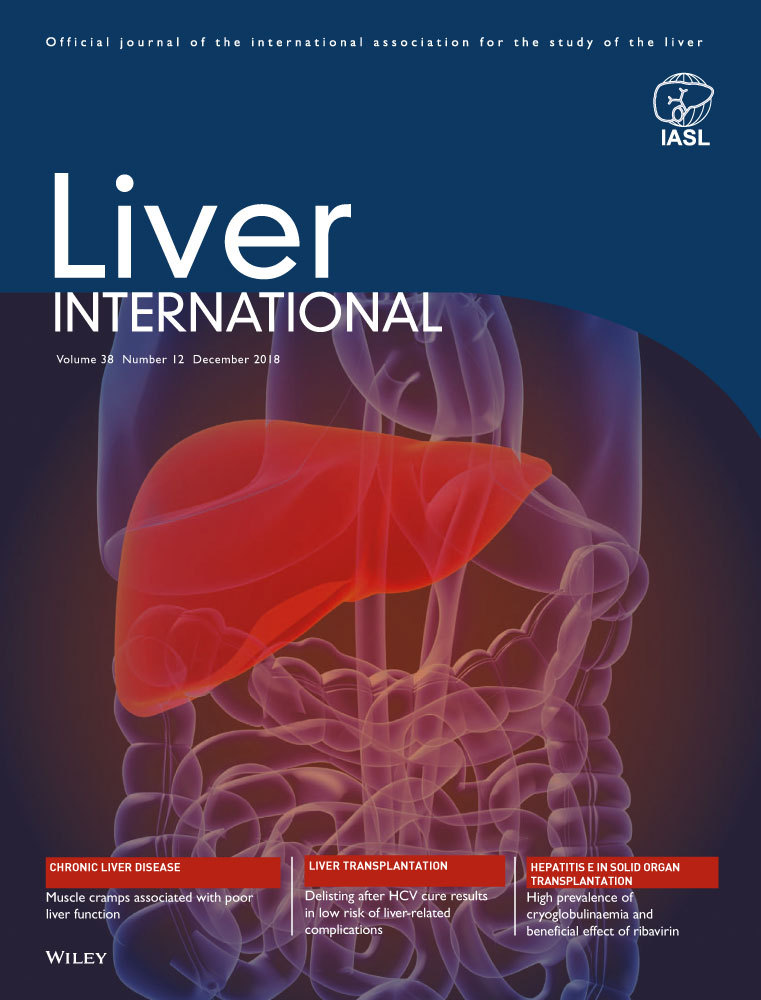Hepatitis E virus–associated cryoglobulinemia in solid-organ–transplant recipients
Abstract
Background & Aims
An association between hepatitis E virus (HEV) infection and cryoglobulinemia has been suggested. The aims of this study were to assess the prevalence of cryoglobulinemia during HEV infection in solid-organ–transplant (SOT) recipients, to describe its outcomes under ribavirin therapy and to evaluate its effects on kidney function and histology.
Methods
Between November 2005 and June 2016, 128 cases of HEV infection were diagnosed among SOT recipients followed in our institution. Cryoglobulinemia data obtained from 66 patients during acute-phase HEV and 51 patients during chronic-phase HEV were compared to a historical control group of 89 SOT recipients without HEV markers. Cryoglobulins were also monitored in a group of 43 patients treated by ribavirin.
Results
The prevalence of cryoglobulinemia was increased in HEV-infected SOT patients during a chronic phase (52.9%) compared to HEV-infected SOT patients at acute phase (36.4%) (P = .1) and to HEV-negative SOT patients (23.6%) (P < .001). HEV infection was identified as an independent predictive factor for cryoglobulinemia (OR 2.3, CI 95%: 1.17-4.55, P = .02). After ribavirin therapy and HEV clearance, the prevalence of cryoglobulin was significantly decreased from 53.5% to 20.9% (P = .003). Kidney function was significantly worse and proteinuria tended to be higher in chronically HEV-infected patients with cryoglobulinemia compared to those without cryoglobulinemia. Membranoproliferative glomerulonephritis was diagnosed in 2 patients, of which 1 had detectable cryoglobulinemia.
Conclusions
In conclusion, a relationship between HEV and cryoglobulin formation seems to exist. However, the clinical impact of cryoglobulinemia in SOT patients infected with HEV has to be confirmed.
CONFLICT OF INTEREST
The authors do not have any disclosures to report.




